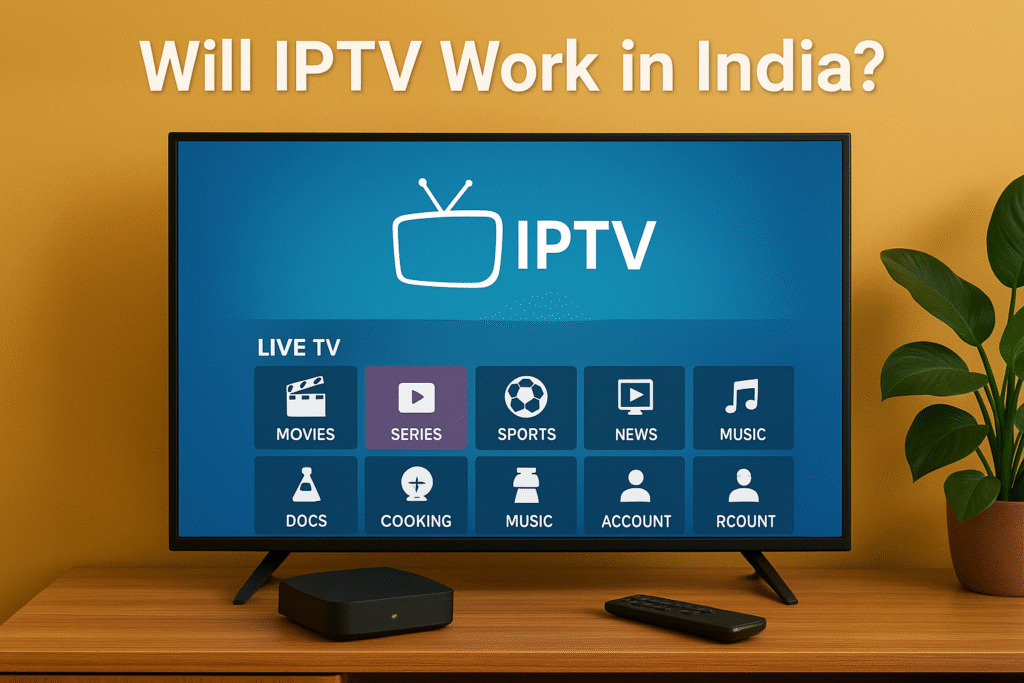IPTV, or Internet Protocol Television, delivers TV channels and on-demand content over the internet instead of through cable or satellite. The short answer is yes—IPTV can work in India as long as you have a stable, high-speed internet connection and a compatible device. Whether you are in a big city like Mumbai or a smaller town, the key factor is your internet quality and whether your IPTV service provider supports streaming in your region.
From a technical standpoint, India’s rapidly growing broadband infrastructure makes IPTV access possible for most users. Fiber internet services like JioFiber, Airtel Xstream Fiber, and BSNL FTTH can provide the speeds required for smooth IPTV streaming, especially for HD and 4K content. Even mobile data from 4G and 5G networks can run IPTV if the connection is consistent, although wired broadband is generally more reliable for uninterrupted viewing.
When it comes to legality, IPTV services in India must comply with local broadcasting and copyright regulations. Using an IPTV subscription from an authorized provider such as JioTV+, Airtel Xstream, or Tata Play Binge is perfectly legal. However, some unlicensed IPTV services may offer pirated channels, which can lead to legal issues. It’s important to choose a provider with proper licensing to avoid potential problems.
The viewing experience in India depends heavily on the provider and your equipment. Many IPTV apps, such as IPTV Smarters, TiviMate, and Kodi, work well on Android TVs, smartphones, laptops, and set-top boxes. With a reliable IPTV service, you can enjoy live TV, movies, sports, and international channels that may not be available through traditional DTH or cable operators. Some services also provide additional features like catch-up TV, EPG guides, and multi-screen viewing.
In conclusion, IPTV can work efficiently in India with the right conditions—good internet speed, a compatible device, and a legal, reliable service provider. With the growth of high-speed internet and smart devices, IPTV is becoming an increasingly popular alternative to traditional TV services in India, offering viewers more flexibility and a wider range of content.
